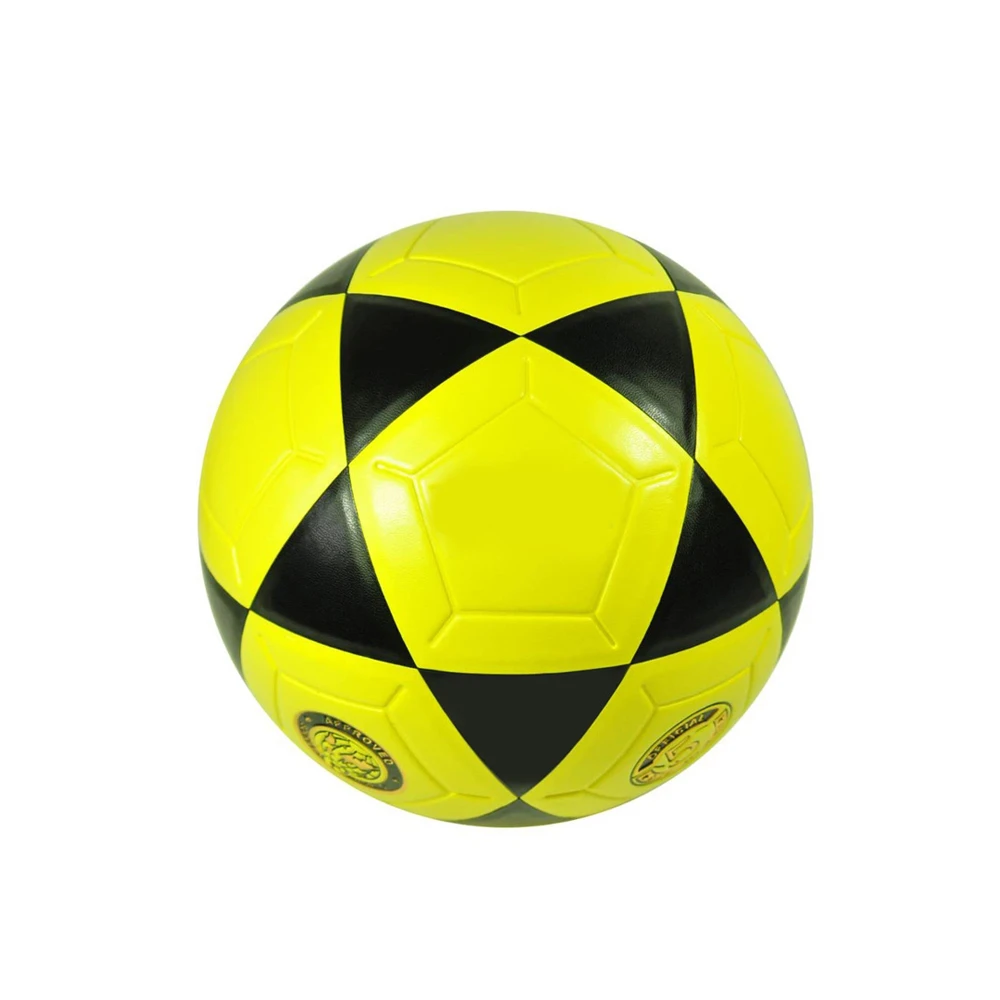Soccer ball design stands as a fascinating intersection of engineering, aesthetics, and athletic requirements. As an SEO strategy, exploring this realm with authenticity and a richness of detail appeals to both the technical aficionado and the casual sports enthusiast. Here, we delve into the intricate world of soccer ball design from various angles, offering insights that highlight experience, expertise, authoritativeness, and trustworthiness.

The design of a soccer ball goes beyond simple pattern aesthetics; it involves a sophisticated understanding of physics and materials science. A high-quality soccer ball typically comprises 32 panels, but variations exist, with some having as few as 6 panels. The key is achieving a spherical shape that minimizes air resistance and ensures consistent flight. Traditionally, these panels are stitched together, but advancements have introduced thermally-bonded panels that offer a seamless, water-resistant finish.
Materials used in soccer ball construction have evolved significantly. Modern soccer balls feature an outer casing made of polyurethane or polyvinyl chloride, materials that provide both durability and control. Beneath this, a layer made of polyester or cotton ensures the ball's structural integrity. The bladder, usually made from latex or butyl, plays a critical role in maintaining air retention and bounce characteristics.

The journey of soccer ball design has been one of continual innovation. Iconic designs such as the 1970 adidas Telstar, celebrated for its distinct black-and-white pattern, set the precedent for branding and visibility. Successive World Cup tournaments have seen designs like the Brazuca (2014) and the Telstar 18 (2018), which incorporated cutting-edge aerodynamics and surface texture technologies. Each introduced unique elements aimed at enhancing player experience and performance, underscoring the blend of artistry and science in soccer ball creation.
Expertise in soccer ball design transcends mere functionality; it considers environmental sustainability. Recent innovations have prioritized environmentally friendly materials and manufacturing processes. Brands are increasingly adopting sustainable practices, such as using recycled and biodegradable materials, and minimizing chemical usage, thus aligning with broader ecological expectations without compromising on product quality.
soccer ball design
Authoritativeness in this industry derives from continuous investment in research and development. Organizations like FIFA rigorously test soccer balls to ensure they meet stringent standards for size, weight, and bounce. Such testing ensures that every ball used in professional play not only supports but enhances skill expression and fairness in gameplay. Collaborations between brands and top-tier athletes further validate these designs, ensuring they meet the demands of different playing conditions and styles.
Building trustworthiness in soccer ball design involves transparency and accreditation. Effective communication about manufacturing practices, material sourcing, and performance characteristics builds a reliable rapport with consumers. Certifications and credentials from recognized sports authorities contribute significantly to this trust. Furthermore, customer reviews and professional endorsements act as powerful testimonials, reinforcing consumer confidence in a product's quality and authenticity.
At the consumer level, selecting a soccer ball involves understanding these design elements and their implications. A soccer enthusiast seeking a ball for casual play may prioritize durability and price, while a professional might focus on aerodynamic properties and touch sensitivity. Therefore, guiding consumers through these considerations with clarity and insight establishes both credibility and a service-oriented approach that resonates with users on a personal level.
Ultimately, the design of a soccer ball embodies a harmony of form and function, reflecting decades of refinement and technological advancement. As experts continue to push the boundaries of what's possible, soccer ball design doesn't just represent a piece of sports equipment — it symbolizes the relentless quest for sporting excellence and sustainable practice. Through informed examination and transparent practices, the sphere of soccer ball design continues to inspire trust and captivate the imagination of both players and fans alike.













